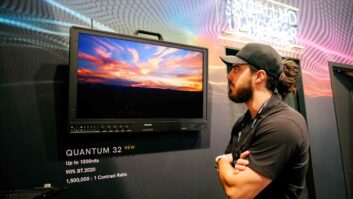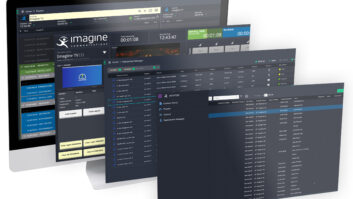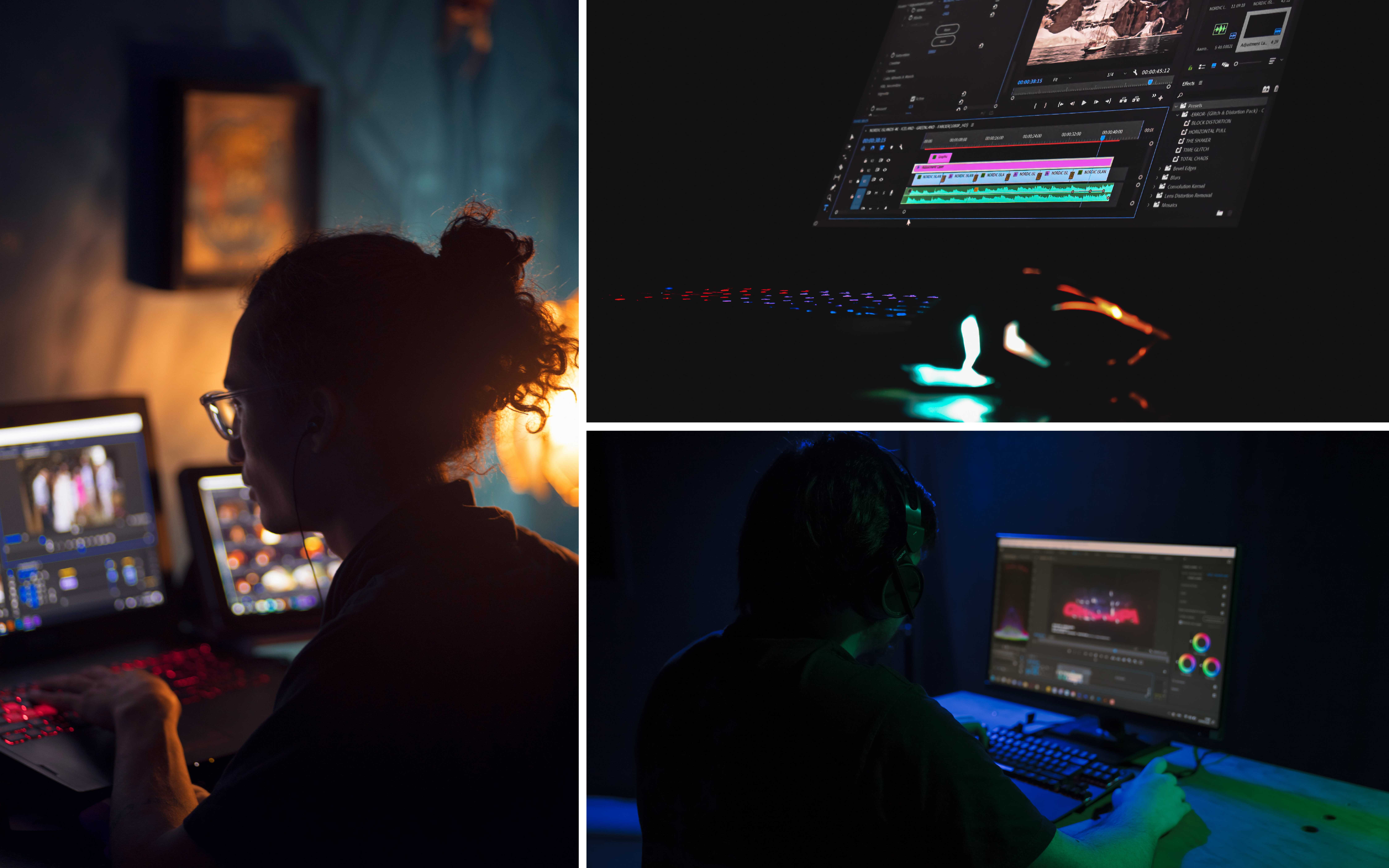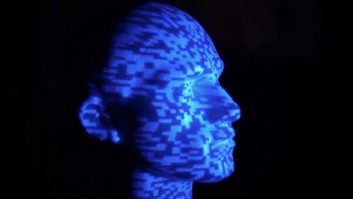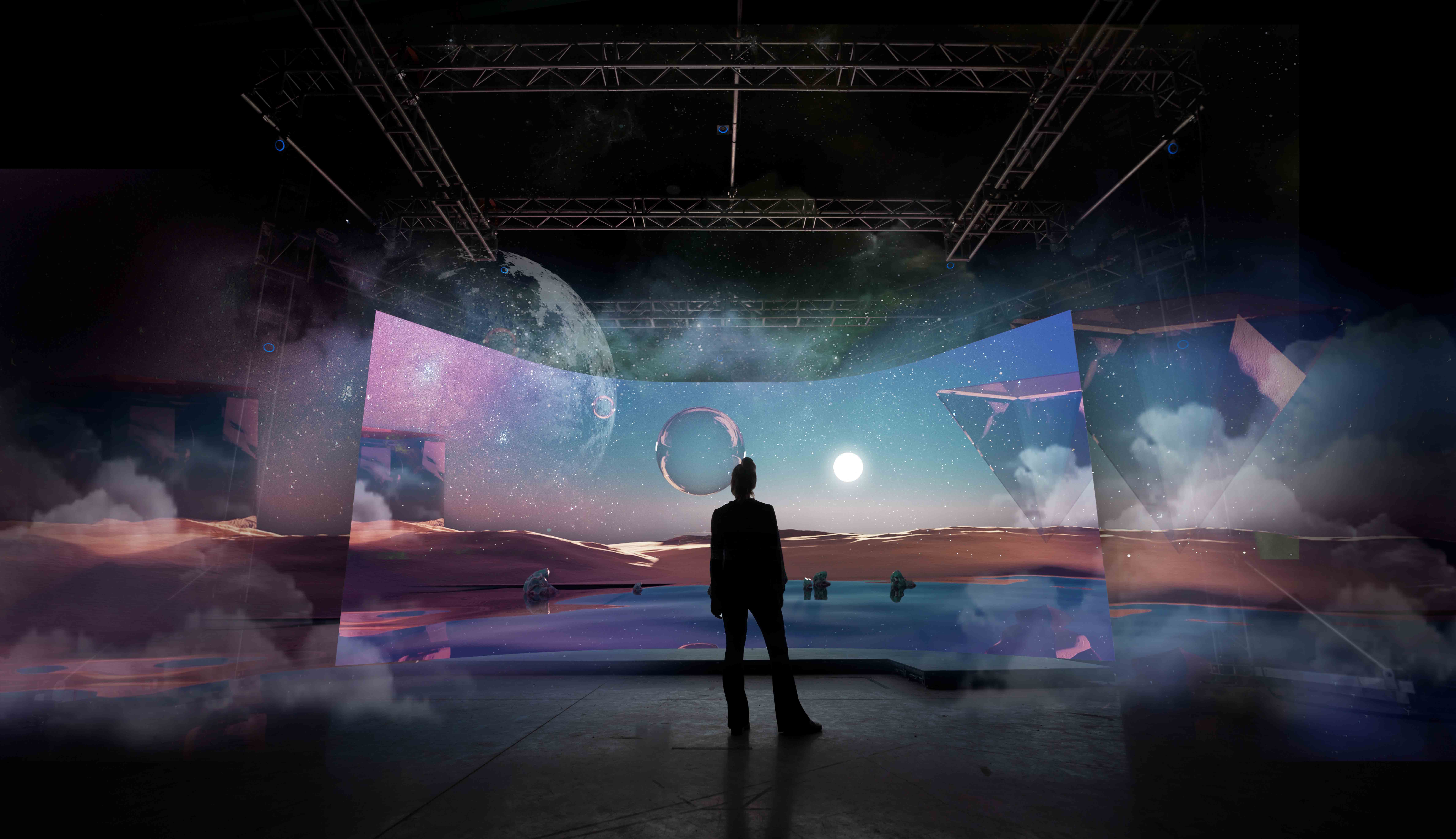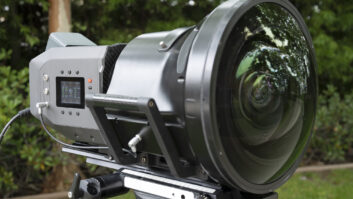No longer dumb, the new smart TV is part of a wider connected home where devices are linked together for the streaming, upload and sharing of professional and personal media. It’s a massive change impacting programme creation, distribution strategy and vendor R&D, reports Adrian Pennington.
Over 153,000 punters poured into the Las Vegas Convention Centre for January’s Consumer Electronics Show to gauge the future of home entertainment. The overriding goal of exhibiting consumer electronics manufacturers was to promote the virtues of connecting an array of devices together via the cloud, Wi-Fi or home networks like DLNA.
“The average household has about 25 CE products – the next step is taking advantage of those devices with interconnectivity,” said Shawn DuBravac, research director for the Consumer Electronic Association (CEA). “This means starting to capture the vast volume of digital assets we have created, whether professional or self-generated, and beginning to organise them for search and discovery.”
Or as Boo-Kuen Yoon, president of Samsung’s CE division, put it, “We must break down barriers that exist between devices.”
The global demand for new gadgets (20,000 of which were released at CES) will drive consumer spend over $1trillion in 2012, predicts the CEA, and while smartphones and tablet PCs are the hottest products, the main hub for interconnectivity is the TV.
Getting smarter every year
Samsung promised the world’s first future proofed smart TV. Slots built into the back of select sets will be able to accommodate cards which will allow the TV to be upgraded with new features, boosts in computing power and picture performance.
At stake is a growing world market for web TVs forecast to nearly double from $68bn in 2011 to $122bn in 2016, according to IMS Research. “Samsung TVs will get smarter every year without requiring you to purchase an entire new set,” said Tim Baxter president Samsung America, though details were vague.
The fight is on to secure more and better content delivered over the top of traditional cable and satellite carriage for rental or purchase from online stores hosted by the TV makers themselves. Samsung’s Media Hub has been augmented with MGO, a movie streaming app from Technicolor; Panasonic’s Viera Connect platform will include MySpace TV and Flixter; while the Sony Entertainment Network (SEN) – an extension of the Playstation Network — streams on-demand video and music services for play back on Sony’s own devices.
CES also saw a second launch for Google TV which needs hardware manufacturers to partner with at the same time as being a potential competitor to them. Android-powered sets are being built by Sony, LG, Vizio and Samsung (though it did not demonstrate this). LG is hedging its bets by allowing users to switch between the LG Smart TV platform and the Google TV interface.
Google’s UI is similar to the look of Android on smartphones, and features apps from a range of content providers. Google has had 150 apps specifically built for its TV service – a fraction of the hundreds of thousands available for phones. Samsung, by contrast, already offers 2500 TV apps.
The elephant in the room is Apple, not exhibiting at CES, but widely expected to be launching into the TV market later this year. Apart from iTunes and a ready-made cloud platform, Apple’s relationships with record labels and movie studios could give it the edge in offering consumers the widest range of on-demand content they desire.
Equally important is Apple’s track record in user experience design, another CES theme as companies seek to reduce the complexity of potentially unlimited search and discovery with a simplicity of experience. A key product here is LG’s Magic motion remote which uses hand gesture to control the interface and even and full body gesture for gaming. Lenovo introduced an Android-powered TV with facial recognition and voice control. Sony’s Google TV also has voice control and Apple is hinted to be incorporating its own voice recognition technology Siri into iTV.
A slow burn for 3DTV
Needless to say, all smart TV’s are also 3DTVs with the format taking a back seat but continuing as a standard feature. Manufacturers are playing a long game until more compelling content and advances in technology make 3D a consumer must-have.
LG for one declared it would combine its Cinema 3D brand with smart TV functions in half of its 2012 product line and 3D was a consistent theme across Samsung and Sony’s product portfolio but with no breakthroughs to shout about.
Glasses-free technology remains several years from maturing with viewing currently restricted to a few sweet spots and suitable only for personal devices however the first commercial screens are emerging. Toshiba’s glasses-free 55-inch 3DTV will launch in the US priced $11,000. It splits its 4K resolution into 9 frames – or 9 views — of 720p HD with a face-tracker following the viewer’s gaze. Since the tracking system only detects one person’s face it means that, should that person move, everyone else has to shift position also.
It would not be a surprise to see another big name brand sporting autostereo R&D at CES 2013 (Sony showed a glasses-free LCD prototype but kept specs under wraps) with a decent version available in 2014 and an affordable one sometime after that.
In the interim the industry must work out how to produce 3D content at a cost comparable to 2D HD. Speaking at a CES panel session on the topic, Tom Cosgrove, president and CEO, 3net said: “There was considerable hype three years ago that 3D would take over HD. That was never going to happen but by the end of this year 10-14m households in the US will have 3DTVs. The reality is that this is a business that is going to stay but we have to narrow the economics between 2D and 3D.”
Bob Zeitter, executive VP and CTO, HBO said the broadcaster had been investigating the production of 3D series drama and training producers in the format. “We are currently running about twelve 3D movies a year — that volume clearly needs to grow – but there is not a cost effective way to go back and convert 2D content,” he said. “The key thing is to drive down the incremental cost of producing programming in 3D.”
Also on the panel was Vince Pace, who was supervising ESPN’s first live studio show shot in 5D (joint 2D and 3D production) from a boxing ring located on the CES show floor. “One of the new technologies you will see from CPG this year is Smart Rig which is a ‘think tank’ in a camera,” Pace revealed. “Similar to the way we can design lighting settings for a show and apply that lighting design in a consistent manner Smart Rig is a system that will develop that look for 3D.
“We have shot demos where the DP, director and first assistant have gone out and shot HD in 2D and in 3D but without the added layers of a stereographer and the whole 3D entourage. We are starting to reduce the amount of crew required by making 3D a hardware play. The hardware will be intelligent enough to develop a style for an HBO show or another for ESPN, and to repeat that style during production.”
OLED, Crystal LED and 80-inches
The arrival of new HD technology has also helped push 3D to one side. Thinner, crisper- OLEDs were given centre stage at Samsung and LG where 55-inch 3D HD OLEDs (LG’s was just 4mm thin) were showcased. Both are available later this year, though they could cost $15k or more.
Sony meanwhile seems to be manoeuvring toward Crystal LED, a technology of its own devising in which a thin layer of 6 million LEDs is mounted on (rather than behind) the display. This technique, says Sony, results in greater light efficiency, a higher image contrast and wider colour gamut because of the way the system uses the red, green and blue lights to create colour. Two prototype 55-inch C-LEDs were shown compared, favourably it has to be said, against its top of the range LCD panel. There are no release plans as yet.
According to Harold Neal, regional sales manager, North America, “C-LED will have a longer life span than [phosphor based] OLED. We can also manufacture screens large than 55-inches, which just now is the limit for OLED. And it will have faster response times.”
Sony executive deputy president Kazuo Hirai added that Sony retained OLED on the professional side and that “as much as we are proud of the Crystal screen, we are not out of OLED. We will continue to look at it.”
Sharp contended that consumers want 80-inch screens in their home, even if they are watching from 10ft away. It unveiled an 85-inch prototype of an 8K screen based on NHK’s Super-HiVision and offering 16 times HD resolution.
A number of 4K technologies were presented as the successor format to HD. LG’s 4K 84-inch flagship (also 3D and Magic Remote controlled) will upres HD content and Sharp will ship a 4K model later this year. The higher resolution of 4K would seem essential in any autosterescopic technology which will inevitably chop the resolution into multi-views. Sony showed a Blu-ray player capable of upgrading HD to 4K and its new 4K home cinema projection system while JVC chose CES to launch the 4K camcorder GY-HMQ10 costing £4,300 — a technology it first previewed at NAB 2010.
